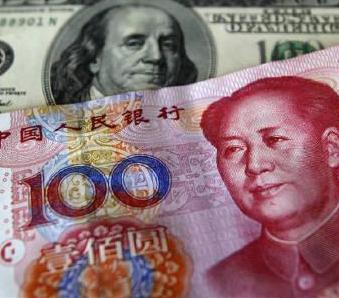The following excerpt was written by Michael Parenti in the expanded edition of his article on Tibetan feudalism entitled, “Friendly Feudalism: the Tibet Myth.” In this work, the left-wing scholar exposes some of the realities of Chinese social-imperialism.
Finally, let it be said that if Tibet’s future is to be positioned somewhere within China’s emerging free-market paradise, then this does not bode well for the Tibetans. China boasts a dazzling 8 percent economic growth rate and is emerging as one of the world’s greatest industrial powers. But with economic growth has come an ever deepening gulf between rich and poor. Most Chinese live close to the poverty level or well under it, while a small group of newly brooded capitalists profit hugely in collusion with shady officials. Regional bureaucrats milk the country dry, extorting graft from the populace and looting local treasuries. Land grabbing in cities and countryside by avaricious developers and corrupt officials at the expense of the populace are almost everyday occurrences. Tens of thousands of grassroot protests and disturbances have erupted across the country, usually to be met with unforgiving police force. Corruption is so prevalent, reaching into so many places, that even the normally complacent national leadership was forced to take notice and began moving against it in late 2006.
Workers in China who try to organize labor unions in the corporate dominated “business zones” risk losing their jobs or getting beaten and imprisoned. Millions of business zone workers toil twelve-hour days at subsistence wages. With the health care system now being privatized, free or affordable medical treatment is no longer available for millions. Men have tramped into the cities in search of work, leaving an increasingly impoverished countryside populated by women, children, and the elderly. The suicide rate has increased dramatically, especially among women.
China’s natural environment is sadly polluted. Most of its fabled rivers and many lakes are dead, producing massive fish die-offs from the billions of tons of industrial emissions and untreated human waste dumped into them. Toxic effluents, including pesticides and herbicides, seep into ground water or directly into irrigation canals. Cancer rates in villages situated along waterways have skyrocketed a thousand-fold. Hundreds of millions of urban residents breathe air rated as dangerously unhealthy, contaminated by industrial growth and the recent addition of millions of automobiles. An estimated 400,000 die prematurely every year from air pollution. Government environmental agencies have no enforcement power to stop polluters, and generally the government ignores or denies such problems, concentrating instead on industrial growth.
China’s own scientific establishment reports that unless greenhouse gases are curbed, the nation will face massive crop failures along with catastrophic food and water shortages in the years ahead. In 2006-2007 severe drought was already afflicting southwest China.
If China is the great success story of speedy free market development, and is to be the model and inspiration for Tibet’s future, then old feudal Tibet indeed may start looking a lot better than it actually was.


